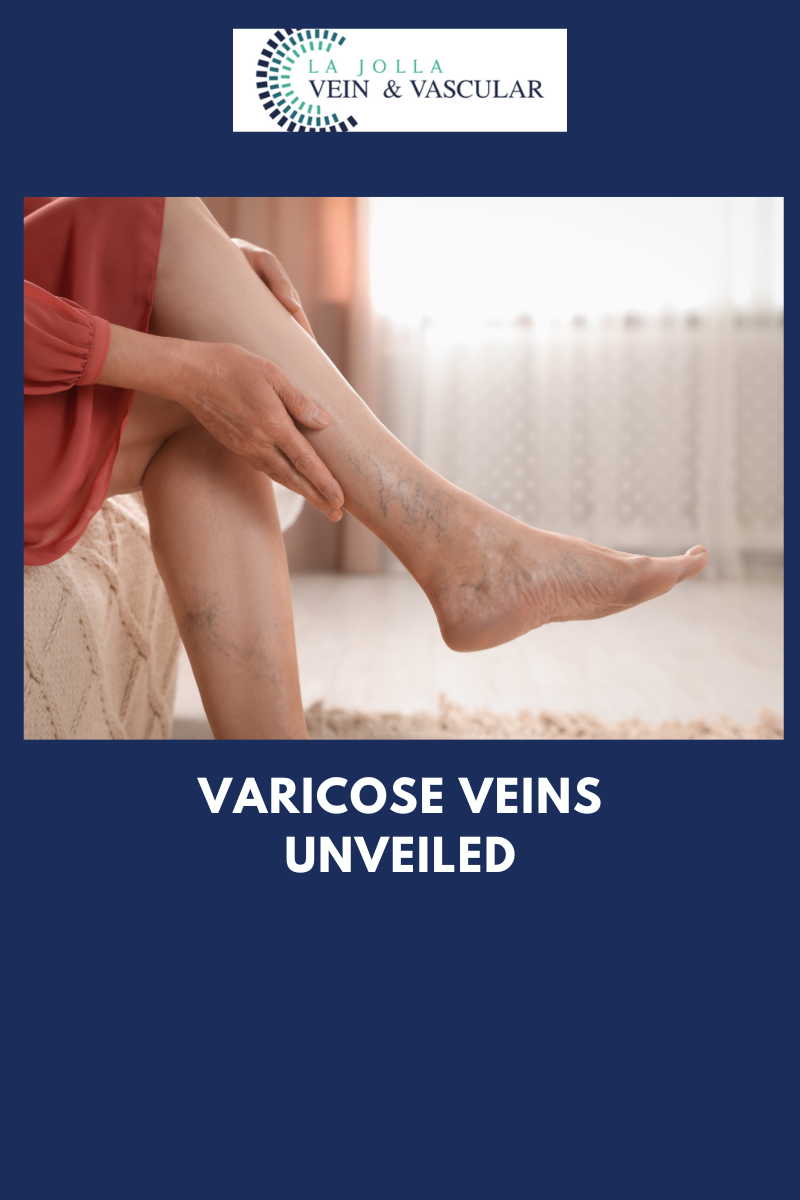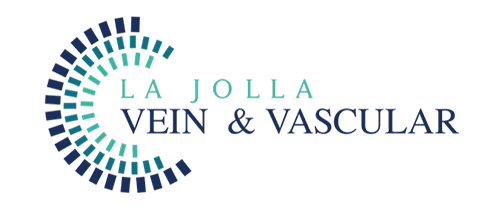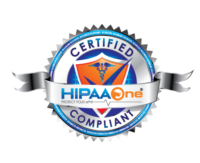Varicoceles and men’s infertility
LJVascular2023-02-15T20:28:54-08:00A varicocele is a term used to describe abnormal enlargement of the veins within the scrotum. The veins carry blood from the various body organs back to the heart. Typically, veins have valves that prevent blood backflow. When the valves in the veins within the scrotum don’t work as they should, blood tends to collect in the scrotum, leading to varicoceles.
While varicocele is very common, it is not life-threatening. In fact, research shows that about 15 percent of all adult men have varicocele. For most men, the condition will go unnoticed throughout their life or does not cause any complications. Although the condition is not dangerous, varicocele is a common cause of low sperm production and reduced sperm quality, leading to infertility. Varicoceles can also lead to reduced testosterone production and scrotal discomfort. The condition often does not need treatment until there is a reason for concern about the associated problems. Fortunately, varicocele is easy to diagnose and treat.
How do Varicoceles Affect the Testis?
While numerous theories exist, medical experts agree that varicoceles cause the veins to carry warm blood from the abdomen down to the testis. Generally, the testis functions properly at around three degrees below the average body temperature. As such, warmblood can affect the testis’ ability to produce testosterone and sperm.
Symptoms of Varicoceles
Most often, Varicoceles have no symptoms or signs. As mentioned earlier, you will barely notice it. However, although rarely, the condition might cause pain. When it does cause pain, it might;
Switch from a sharp to a dull discomfort
Become worse over the day
Increase when due to physical exertion or standing for extended periods
Pain that goes away when you lie on your back
Impaired infertility
Over time, varicoceles may become more enlarged and become noticeable. Varicoceles are often described as looking like a “bag of worms” sometimes, the condition may also cause a swollen testicle, most often on the left side.
“Bringing Experts Together for Unparalleled Vein and Vascular Care”
La Jolla Vein & Vascular (formerly La Jolla Vein Care) is committed to bringing experts together for unparalleled vein and vascular care.
Nisha Bunke, MD, Sarah Lucas, MD, and Elliot DeYoung, MD are specialists who combine their experience and expertise to offer world-class vascular care.
Our accredited center is also a nationally known teaching site and center of excellence.
For more information on treatments and to book a consultation, please give our office a call at 858-550-0330.
For a deeper dive into vein and vascular care, please check out our Youtube Channel at this link.
For more information on varicose veins and eliminating underlying venous insufficiency, check this link out full of resources.
Please follow our social media Instagram Profile and Tik Tok Profile for more fun videos and educational information.












